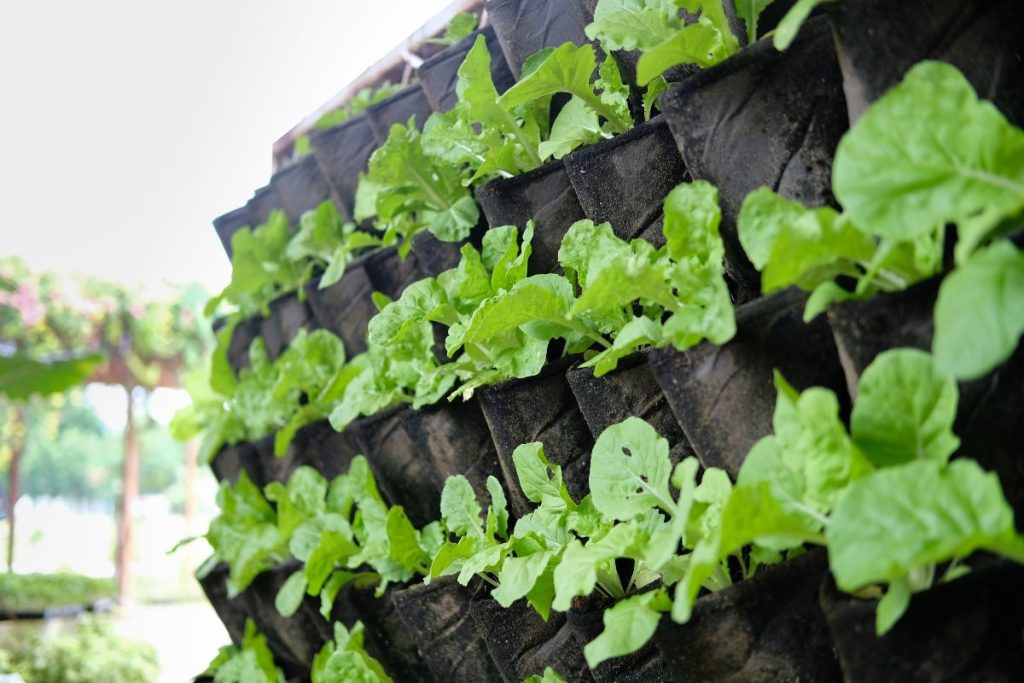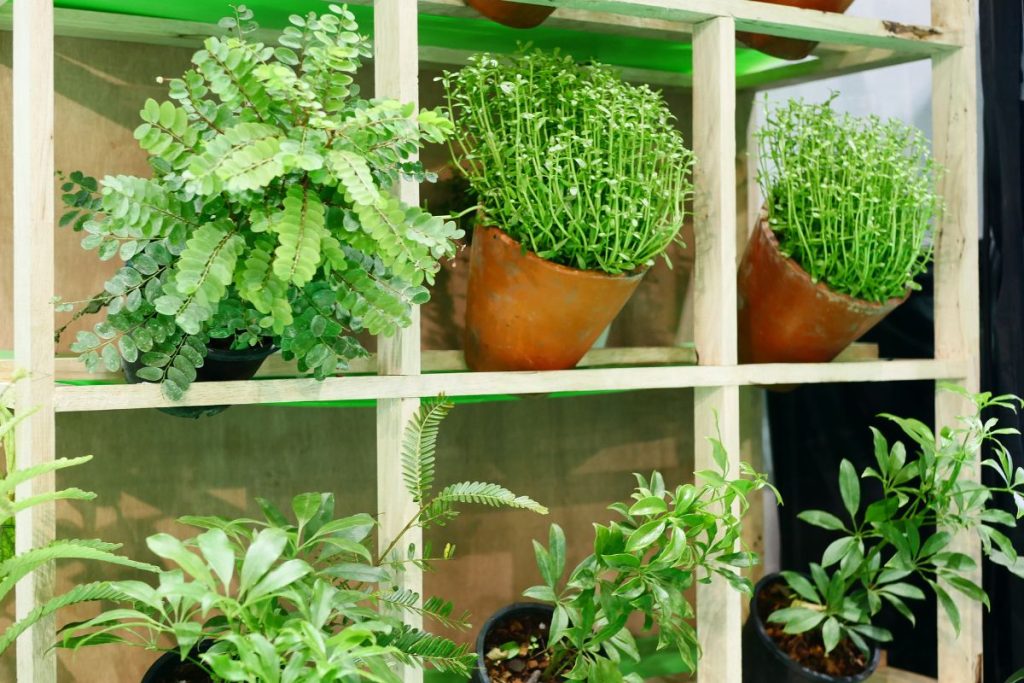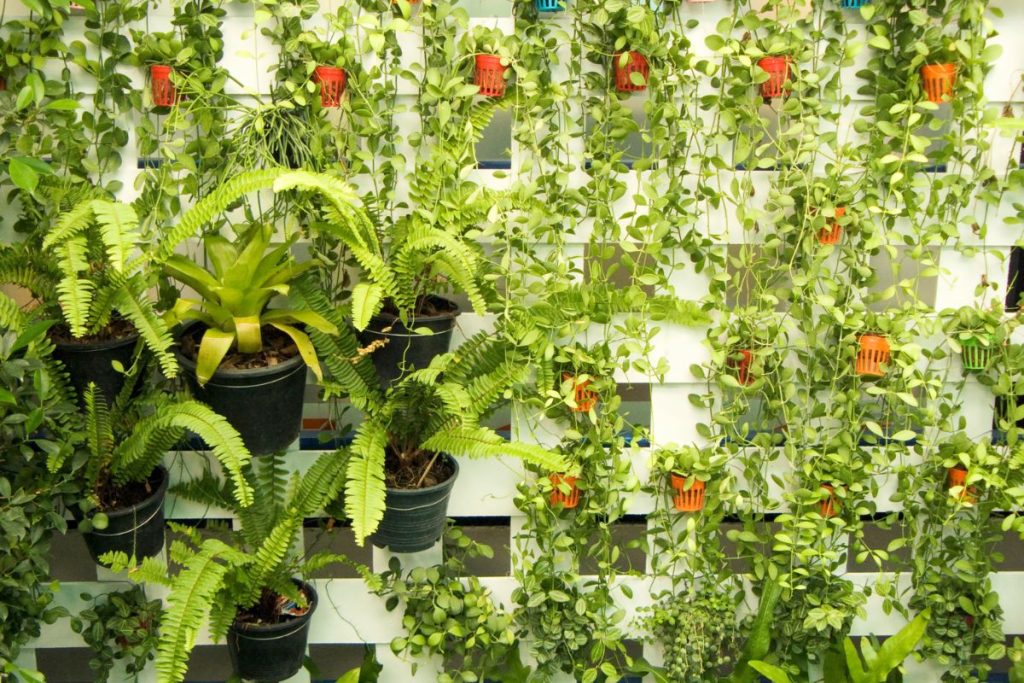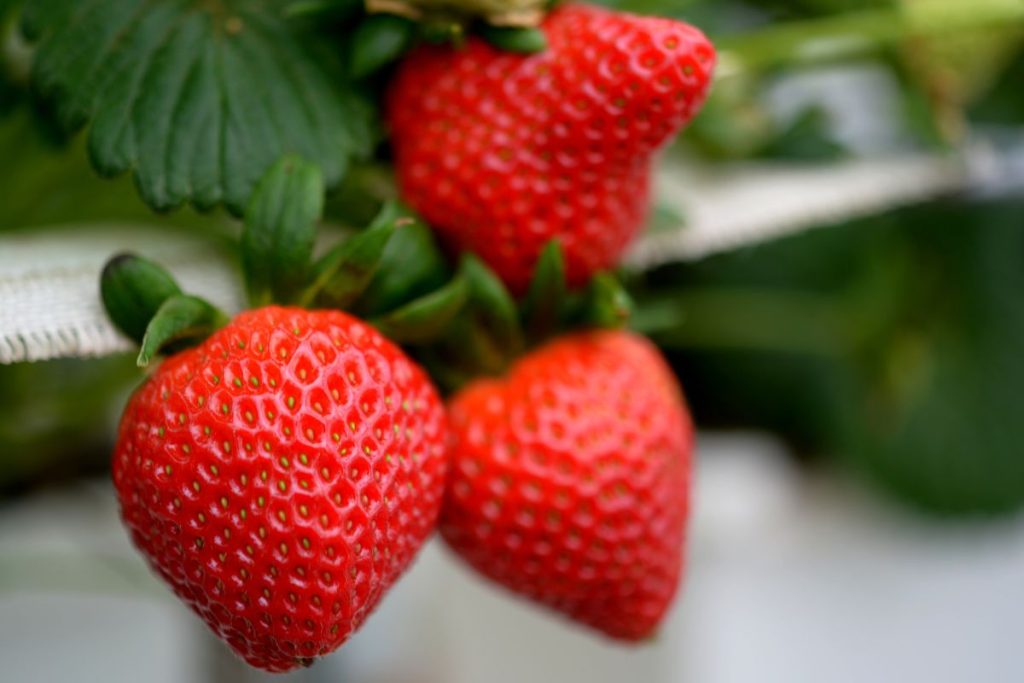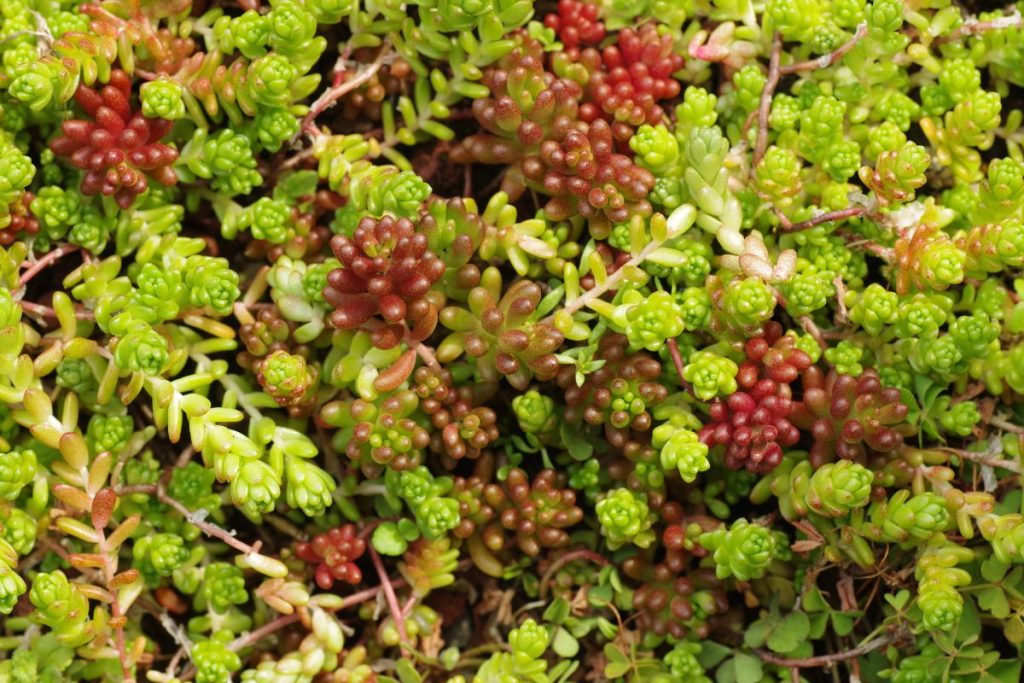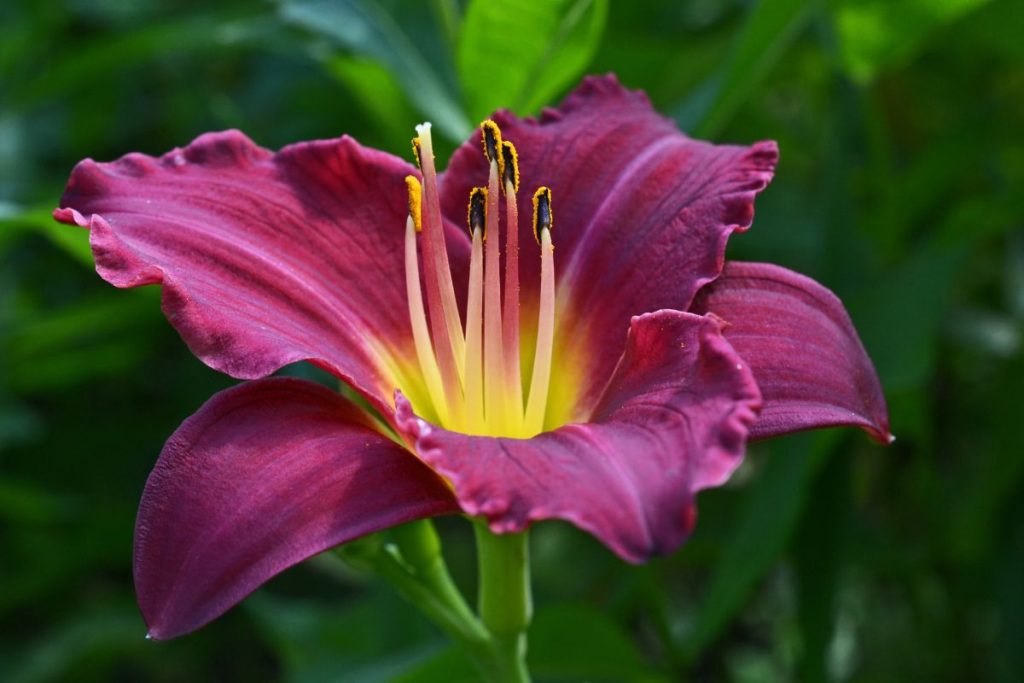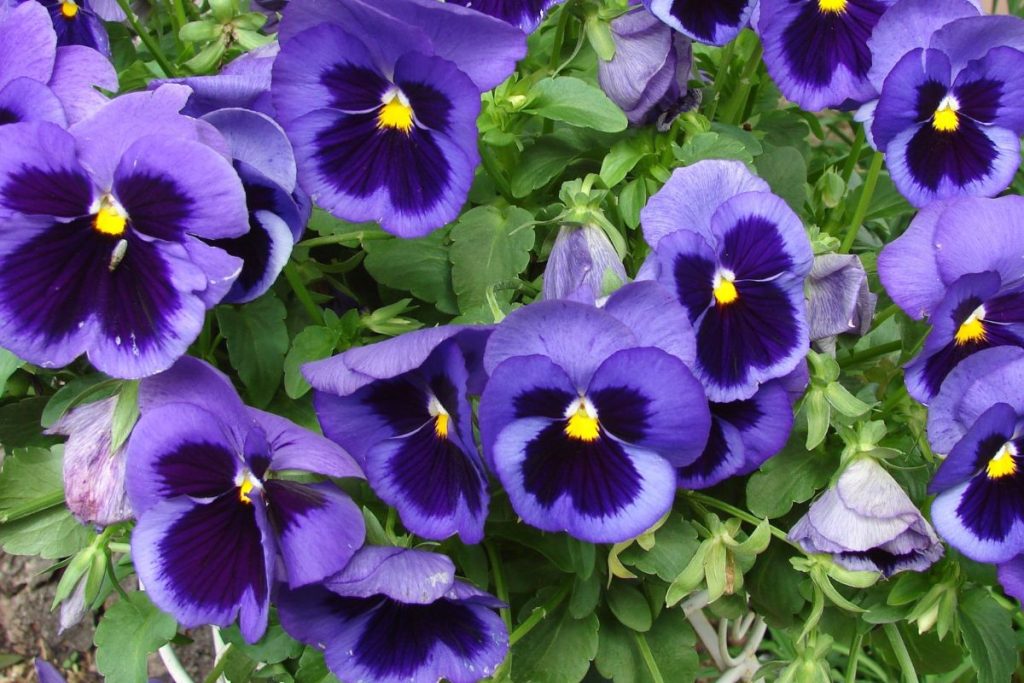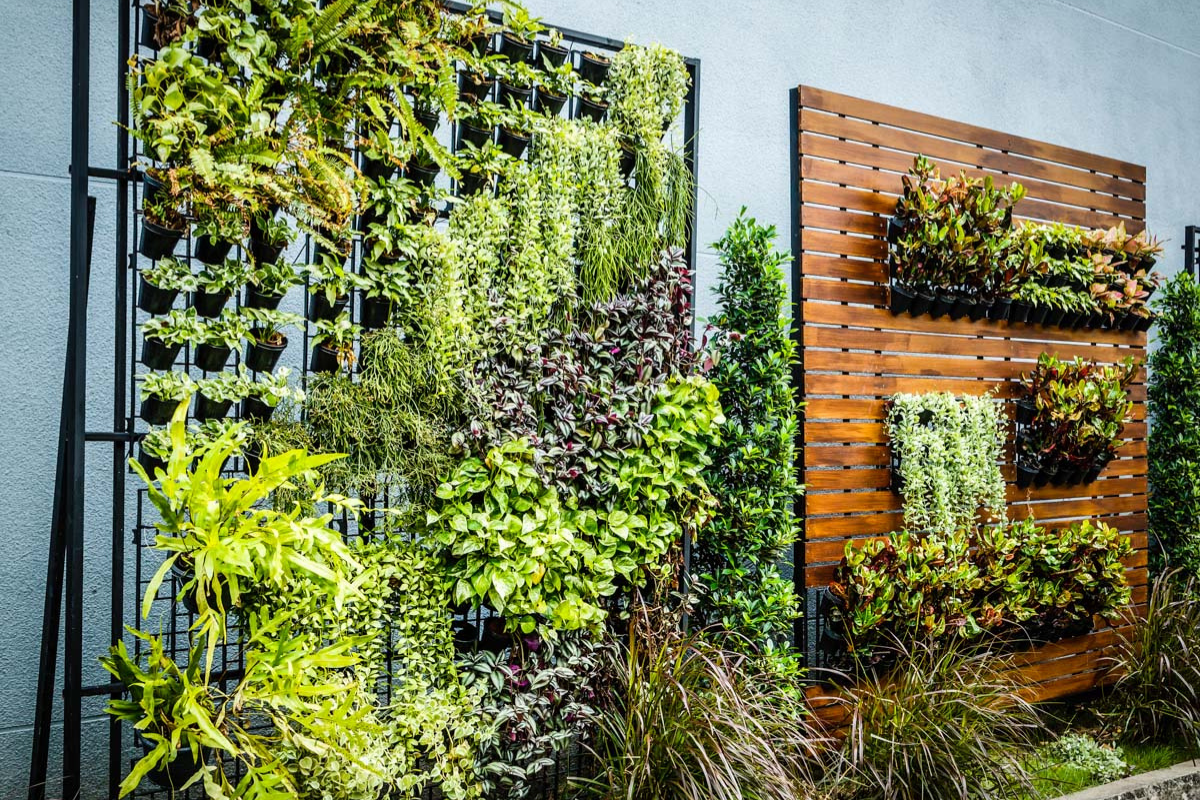
Vertical Gardening
Looking for new ideas for your garden? Curious about alternatives on where and how to grow plants? Vertical gardening is a popular trend in the world of gardening. With the ability to add creativity, design, form, and function into a garden space, it’s not hard to see why this method is rising in popularity.
Vertical gardening is excellent for both large and small spaces. Due to the increase of townhomes, apartments, and smaller yards, vertical gardening is a great solution to allow everyone to have space to grow beautiful plants, flowers, and delicious edibles. If you are low on space, go vertical!
Table of Contents
Add Design and Function
In a larger garden or backyard, use vertical gardens to add interest, structure, and design. Jazz up a lackluster wall or fence in your yard. Use vertical gardens as beautiful and productive garden partitions around backyard seating areas or as privacy screens around hot tubs. If using vertical gardening near a hot tub or spa, make sure to plant varieties such as dwarf Hemerocallis daylilies that will thrive in areas with steam, extra salt, and chlorine in the air.
Different shapes and forms
Vertical gardens come in many different shapes and sizes. One type of vertical garden is a typical wooden fence, with space to hang planter boxes or containers. Vertical gardens can also be made up of a tiered garden container, hung garden pots from a structure, or a vertical garden box. Be creative! For an industrial look, try hanging galvanized pots from metal rods! Mount an old pallet to a wall, and add your plants, or tuck in pots from the back, so they spill through the front and soften hard edges.
Which plants work the best?
There are many different varieties of plants that are perfect for your vertical garden. Many dwarf varieties work well, as their smaller shape conforms best to this style of gardening. Try dwarf varieties of Hemerocallis, Heuchera, Hosta, Lilium (Asiatic and oriental), Salvia, and Sedum. Additional perennials that work well are Convallaria, Campanula, Dianthus, and Violas. If you are contemplating planting bulbs in your vertical garden, try Anemone de Caen, Eucomis (pineapple lily), Ixia, or Oxalis deppei (lucky clover). When your bulbs are finished in the fall, plant some spring-blooming varieties like tulips, daffodils, and hyacinths.
A vertical garden filled with your favorite edibles is a great idea. Even in a small space, such as an apartment balcony, a lovely vegetable garden can be created. Vegetables that are perfect for vertical gardens are onions, garlic, and potatoes. Keep in mind that edibles such as fruit will take 2-3 years to reach their full cropping potential. Try fruits such as strawberries, ground cover raspberries, and Top Hat patio blueberries.
Herbs do quite well in vertical gardens as well. Some of the best herbs to try in your vertical garden are dill, basil, cilantro, parsley, mint, sage, or oregano.
Vertical gardening tips
Some planning is important, so you will want to select varieties that are best for the location of your vertical garden. Plants will need more consistent watering, especially during the hot summer months, due to being raised up and not in the ground. So plan for access to watering the roots and soil. Also, consider what will happen with excess water, as plants in containers need drainage. Make sure the ground beneath your structure can handle the excess water or plan for the runoff.
Whatever function, shape, or design it may take, a vertical garden is an interesting project to try this year. Be creative and experiment with what works best with your space and the kind of plants you want to have. Be it for aesthetics or function, vertical gardens are undoubtedly unique, beautiful, and useful in expanding your gardening space.





